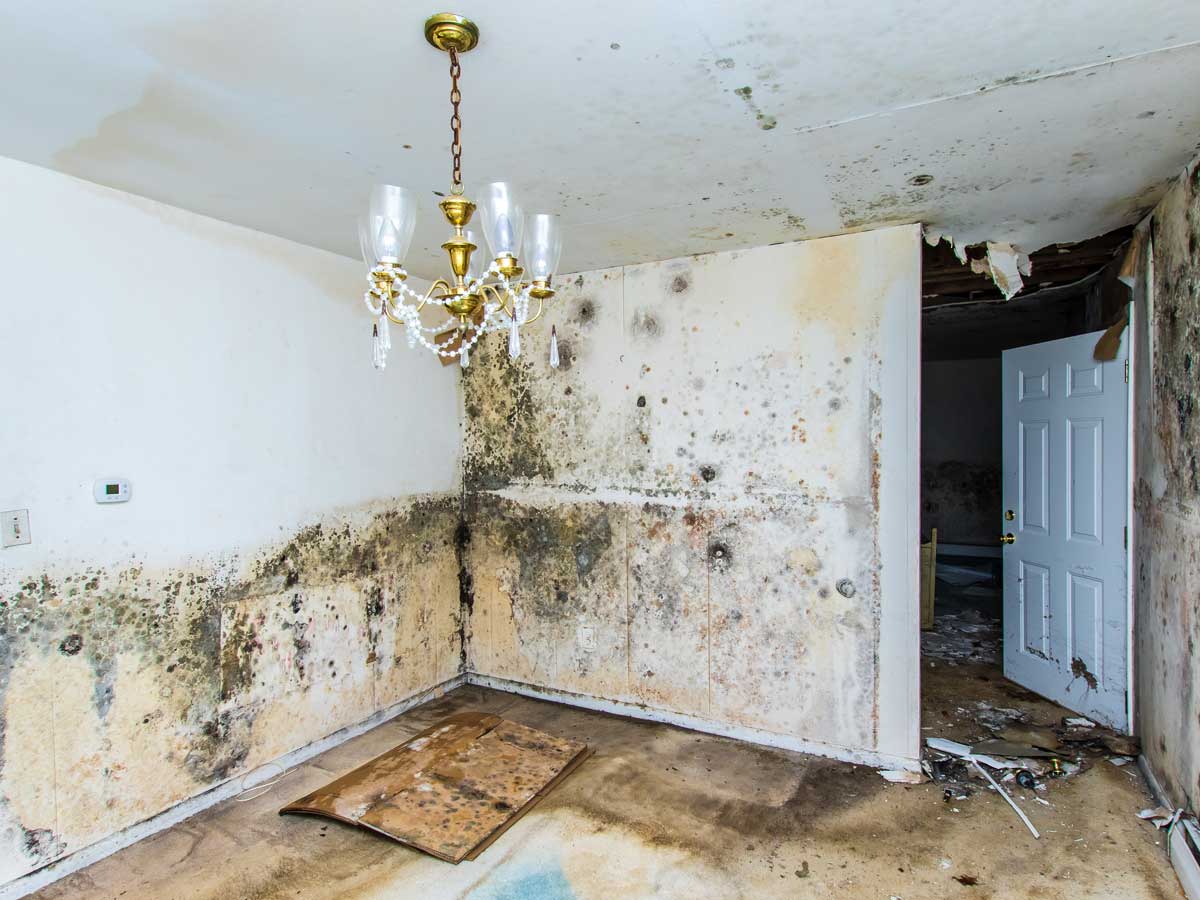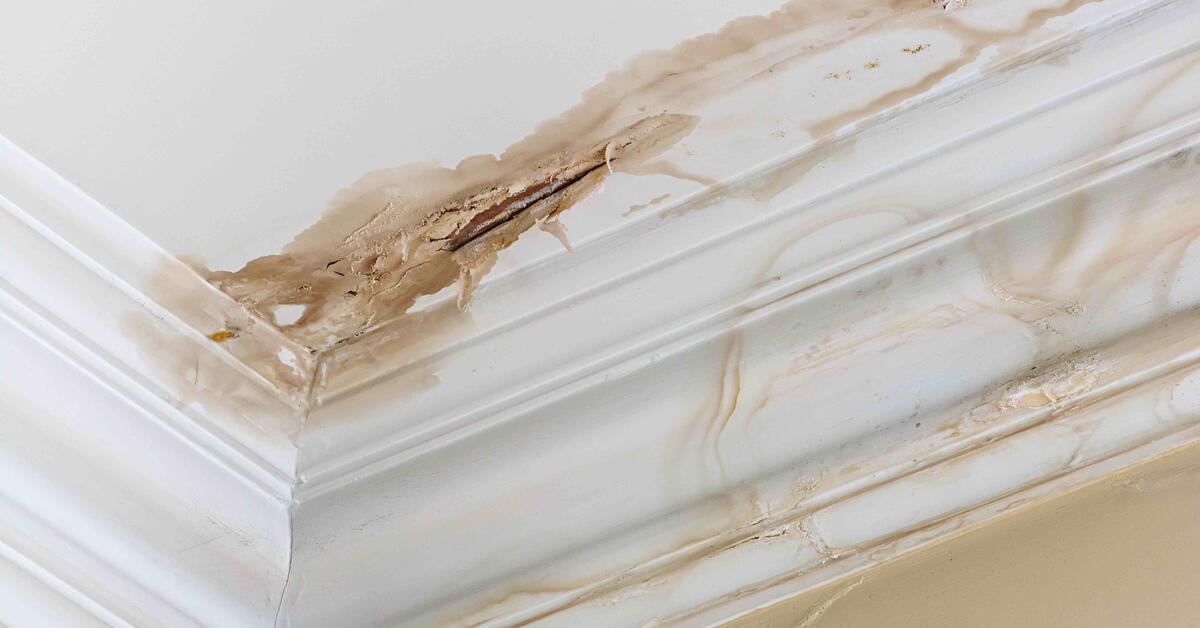Emergency Water Damage Restoration to Restore Your Property Quickly
The Refine of Water Damage Clean-up: Guaranteeing Your Home Is Restored Effectively
Water damages can be a difficult challenge for home owners, necessitating a thorough and organized cleaning process to recover safety and security and capability. A comprehensive assessment is vital to determine the level of the damages and figure out the suitable remediation measures. Following this, effective water removal strategies play an essential role in reducing additional harm. The nuances of drying out, sanitizing, and eventual reconstruction are just as important and frequently ignored. Comprehending these stages can make a substantial distinction in the result of your home's repair, prompting a closer appearance at what each step involves.
Assessing the Damage
Upon uncovering water damages, the initial step is to extensively assess the level of the impact. This initial evaluation is critical, as it assists establish the required steps for reliable clean-up and repair. Begin by examining the influenced areas, consisting of walls, ceilings, floors, and individual items, to determine the source of the water invasion, whether from flooding, leaks, or condensation.
Recording the damage is essential for both insurance coverage claims and intending reconstruction efforts - damage restoration services. Use photographs and written notes to capture the seriousness of the damage, noting any type of afflicted architectural components and products. Pay special interest to locations that might not be quickly visible, such as behind wall surfaces and under rugs, as concealed dampness can lead to further issues, including mold development
In addition, analyze the timeline of the water direct exposure. Eventually, an extensive evaluation lays the groundwork for a successful water damages cleanup process, guaranteeing that all affected areas are dealt with properly and thoroughly.
Water Extraction Techniques

Professionals generally employ submersible pumps for larger volumes of water, which can rapidly alleviate flooding in basements or other affected areas. For smaller quantities, wet/dry vacuums are often utilized to remove residual dampness from rugs and difficult surfaces. In addition, using mobile extractors enables for targeted elimination in restricted areas or locations with fragile products.
In instances of infected water, such as sewage or floodwater, advanced removal techniques might include the use of biohazard devices to make certain safety and compliance with health and wellness guidelines. High-powered extraction tools are important in reducing water retention in architectural materials, which can lead to mold growth and architectural damage otherwise resolved immediately.
Inevitably, the performance of water extraction techniques plays an essential duty in the total success of the water damage cleaning procedure, preparing for subsequent reconstruction initiatives.
Drying and Dehumidification
As soon as standing water has actually been effectively extracted, the following important phase in the water damages clean-up procedure is drying out and dehumidification. This action is vital to stop further damages and mold development, which can take place within 24 to 2 days in damp atmospheres.
To attain effective drying, specialized tools such as industrial-grade air movers and dehumidifiers is utilized. Air moving companies circulate air across wet surfaces, boosting evaporation rates, while dehumidifiers decrease humidity degrees airborne, advertising a conducive atmosphere for drying. The combination of these tools makes sure that moisture is drawn out from home furnishings, walls, and floors, permitting them to completely dry completely.
It is necessary to check the drying process closely. Specialists commonly make use of moisture meters to analyze the dampness material in numerous products, guaranteeing that all influenced locations get to appropriate dry skin degrees. This thorough approach assists to stop covert wetness pockets that could result in architectural damage or undesirable mold and mildew development.

Cleaning and Sanitizing
After the drying out and dehumidification stage is total, the following important action in water damages cleaning is cleaning up and sanitizing the affected areas. This procedure is critical to stop the growth of mold and mildew, bacteria, and other pathogens that prosper in wet environments.
The cleansing stage usually involves removing any type of particles, dirt, and pollutants from surfaces making use of specialized cleansing agents. For tough surfaces, a mix of soap and water or industrial cleansing products is often used. Soft materials, such as upholstery and rugs, may require more comprehensive cleansing techniques, consisting of heavy steam cleaning or deep removal methods, to ensure detailed hygiene.

Sterilizing complies with cleansing, using EPA-approved disinfectants to get rid of dangerous microbes. This step is vital, especially in areas that might have entered into contact with floodwaters or sewage, as these resources can pose serious health threats.
Furthermore, it is very important to deal with any kind of remaining smells, which may require making use of smell neutralizers or sophisticated methods like ozone treatment. Appropriate cleaning and sanitizing not just recover the security and health try these out of your home but additionally lay the groundwork for successful remediation and repair work in succeeding stages of the water damage cleanup procedure.
Reconstruction and Repairs

As soon as the analysis is total, remediation initiatives can begin. Additionally, floor covering may require similar interest, depending on the level of water exposure.
It water damage recovery is important to engage seasoned reconstruction specialists throughout this procedure, as they have the knowledge to handle complicated repair work successfully. Moreover, they can aid reduce potential future problems, such as mold development or architectural instability, hence making certain a habitable and secure living setting. Inevitably, efficient reconstruction and fixings recover the home's honesty and boost its overall worth.
Conclusion
Finally, the process of water damage clean-up is critical for bring back a home to its pre-damage problem. Each phase, from assessing the damages to carrying out reliable water removal servpro water damage strategies, complied with by thorough drying, disinfecting, and necessary repair work, plays an essential function in guaranteeing safety and security and conformity with building criteria. Effective implementation of these actions not only minimizes immediate damages yet also boosts the long-term stability and worth of the property.
Water damages can be a difficult obstacle for homeowners, demanding a structured and meticulous clean-up procedure to recover safety and performance. Eventually, a detailed assessment lays the groundwork for a successful water damage cleaning procedure, making certain that all impacted locations are dealt with properly and thoroughly.
Effective water removal methods are important in reducing damage and avoiding further difficulties complying with a water invasion occasion.In final thought, the procedure of water damages clean-up is essential for bring back a home to its pre-damage problem. Each phase, from evaluating the damage to executing reliable water removal methods, followed by comprehensive drying, disinfecting, and necessary repair work, plays a vital duty in making sure safety and security and compliance with structure criteria.